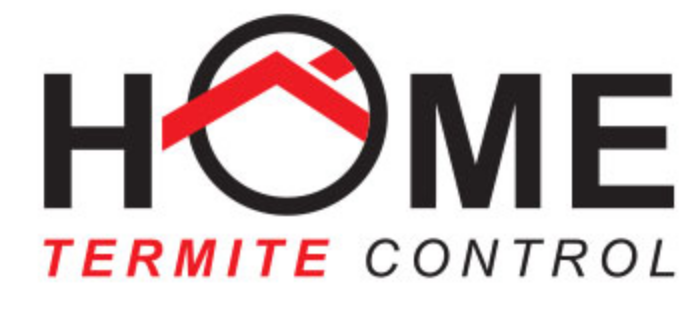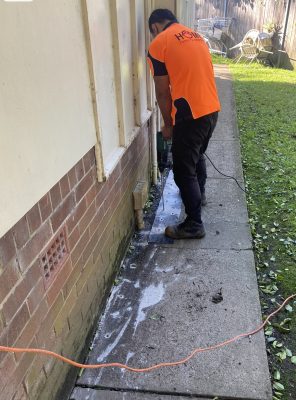Termite Reticulation System Establishment and Refills
Reticulation systems are under-ground piping systems set up around the house. The type of reticulation system you have installed, and the type of chemical used will influence:
- How often pipes need to be inspected (to ensure they are still intact).
- How often they need to be re-filled.
Are you adding an extension to your house or building a granny flat on the property? Don’t forget to get new reticulation systems set up around the new perimeter of the home.
Chemical Barrier Systems
There are two types of chemical barriers – repellent and non-repellent. While repellent options are cheaper and highly effective, if the termites find a gap, they can infest your home. Non-repellent options:
• Last up to 10 years.
• Are less toxic to humans.
• Ensure the colony is infected and eliminated
Physical Barrier Systems
Physical barrier systems are a great option when it comes to renovations and new properties(*3). There are many ways to include physical barriers in your new builds, renovations and, in some cases through retrofitting. Some physical barriers include:
• Metal mesh.
• Metal shields.
• Granules that are impenetrable by termites.
A Note on Prevention Systems
Multiple prevention systems can be utilised in combination with each other. Termite specialists can assess your property and provide you with the best advice for long-term termite protection.
Always Work with Termite Specialists
Termites are highly adaptable(*4) and are prolific breeders. If barrier or monitoring stations are poorly set up, they will find ways to avoid them and head straight for the house.
Due to this, having regular inspections from a licenced and qualified termite control company is essential. There is a combination of options available for every property type and homeowner preferences. New, environmentally friendly products are also now available.
To find out more about our barrier systems, contact us today. Our technicians are on-hand to help you protect your home.
REFERENCES
*1. Home Termite Control. Finding Termites | The Biggest Mistake Home Owners Make. YouTube video. 2011.
*2. Verma, M, Sharma, S & Prasad, R. Biological alternatives for termite control: A review.
International Biodeterioration & Biodegradation. Vol. 63, No. 8. 2009.
*3. Hadlington, PW. Australian Termites and Other Common Timber Pests. UNSW Press. 1996.
*4. Ahmed BM & French JR. An overview of termite control methods in Australia and their link to aspects of termite
biology and ecology. Pak. Entomology. Vol. 30, No. 2. 2008

